路克索阿蒙神殿(The Temple of Amun at Luxor)
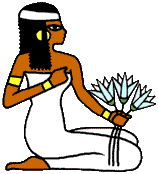
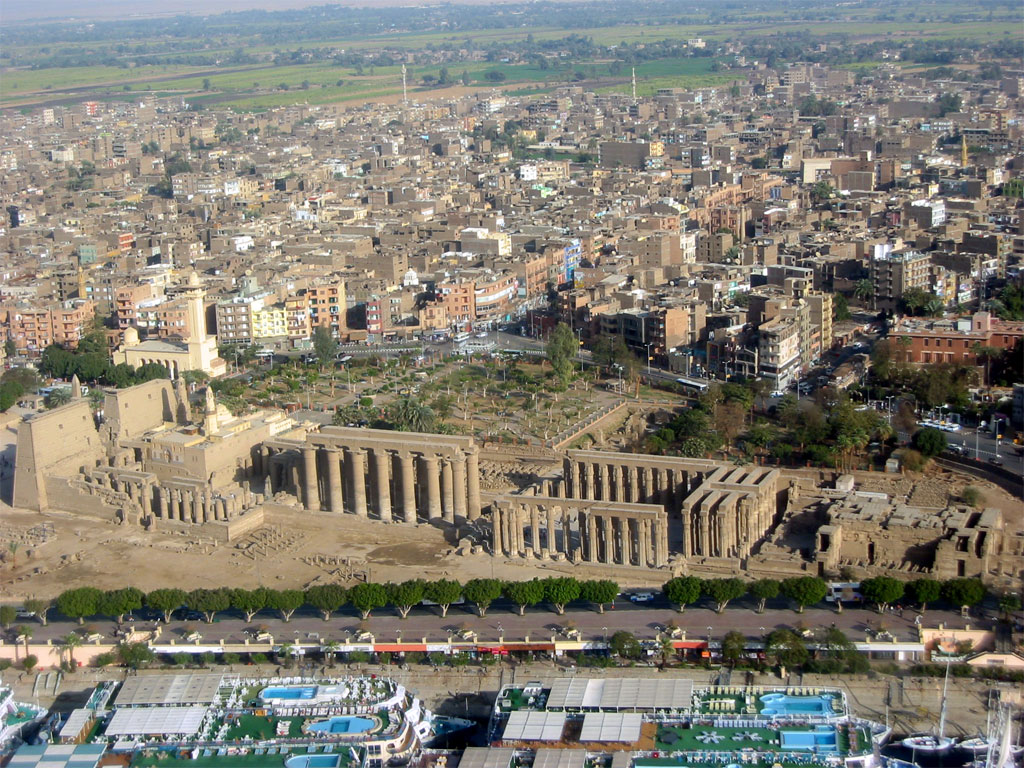
http://bskinner.net/nemes/photos/aerial.html

http://www.eyelid.co.uk/luxor1.htm
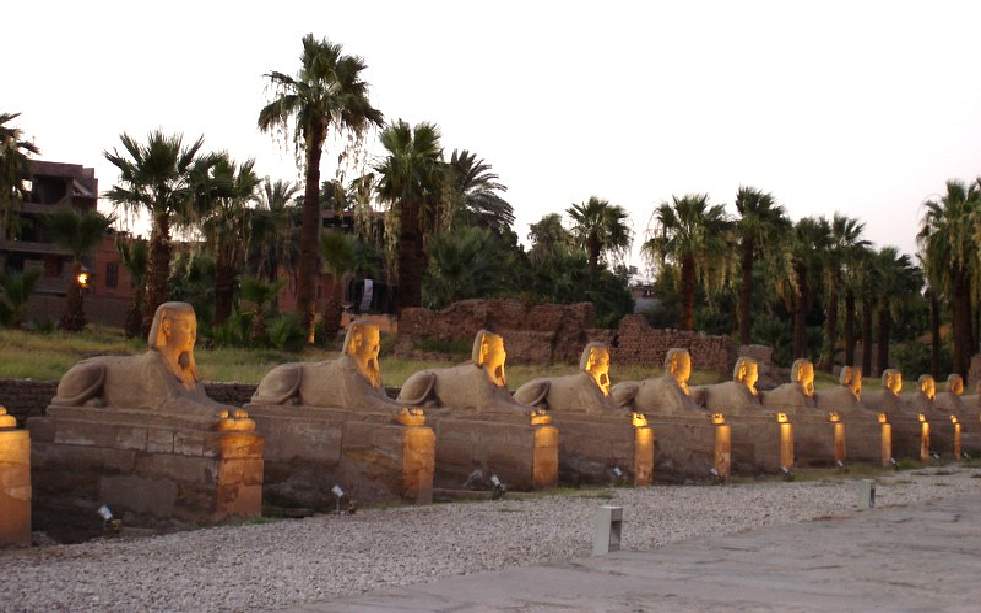
The Avenue at Sphinxes at dusk - A
盧克索神殿的塔門寬
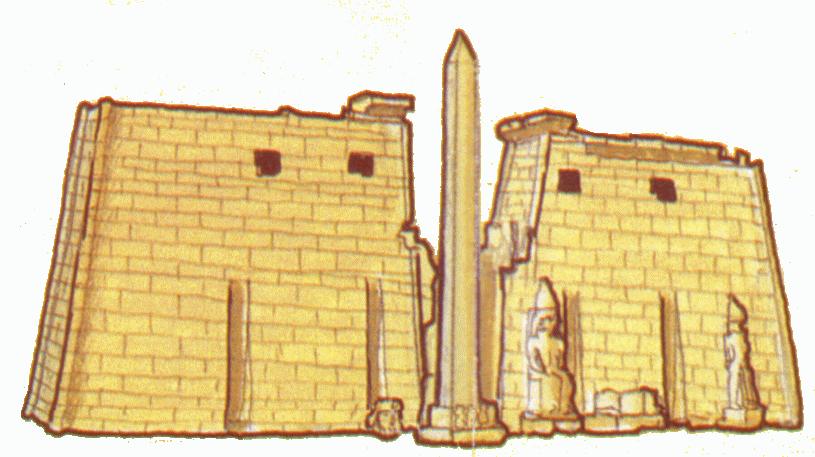
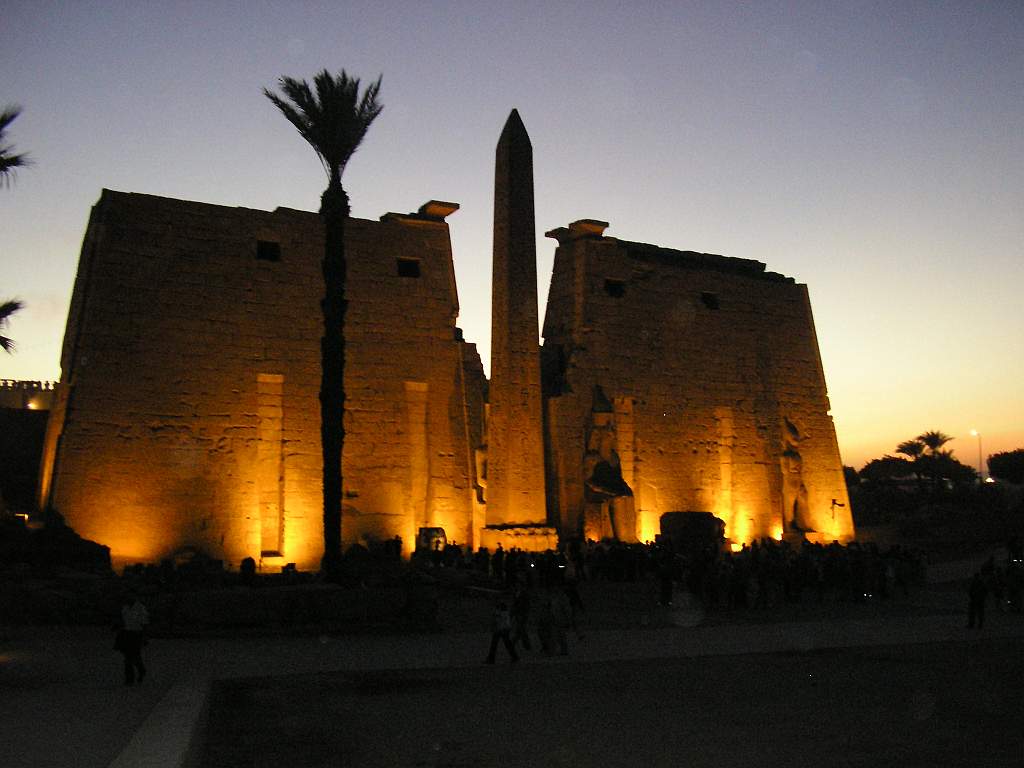
http://www.zoss.com/personal/egypt/egypt1.html
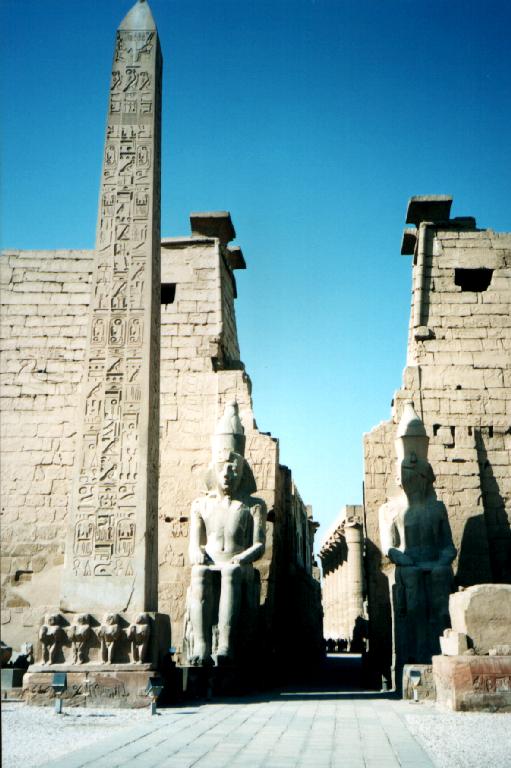
http://www.cs.uwa.edu.au/~ryan/trip/images/egypt
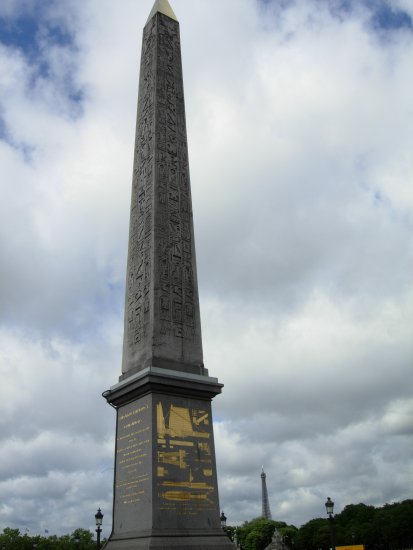
http://www.travelpod.com/travel-blog-entries/jeremystravels/1/1217087700/tpod.html
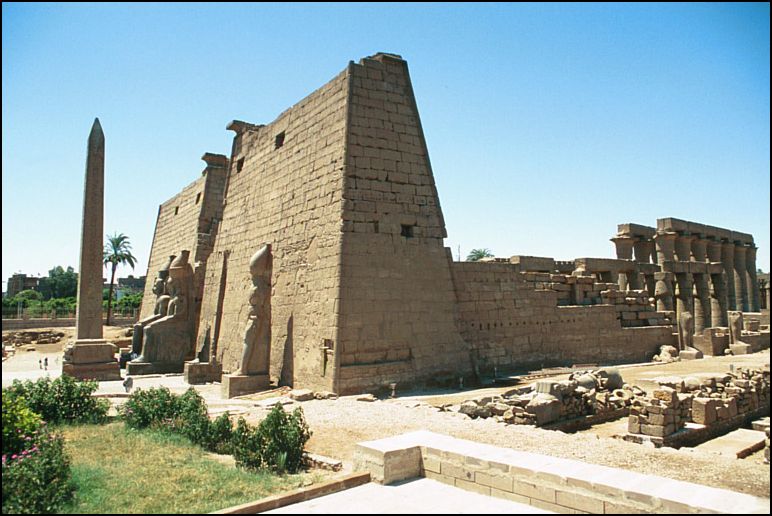
雄偉的大塔門前原來共有六座拉美西斯二世(Ramesses II)的雕像,四個坐著,兩個站立,現在只剩下二個座像和一個不怎麼完整的立像而已。
盧克索神殿的大門處就是兩座超大的拉姆西斯二世 Ramesses II 坐像,高
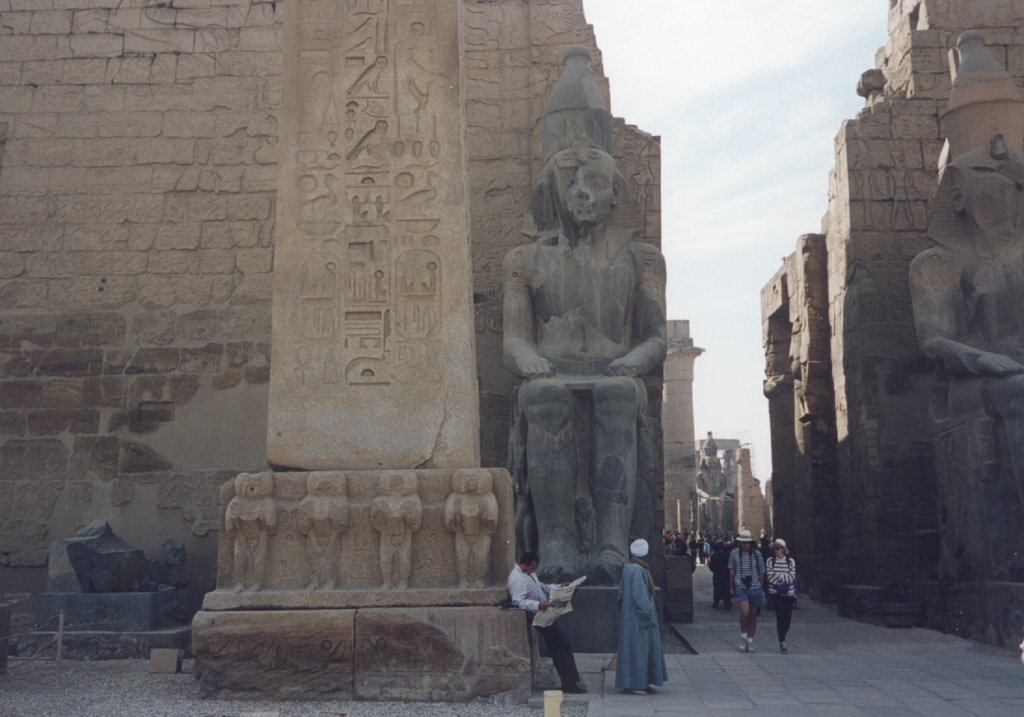
http://www.disorg.org/bobculley/images/Luxor_entrance.JPG
拉姆斯斯二世人頭像與方尖碑
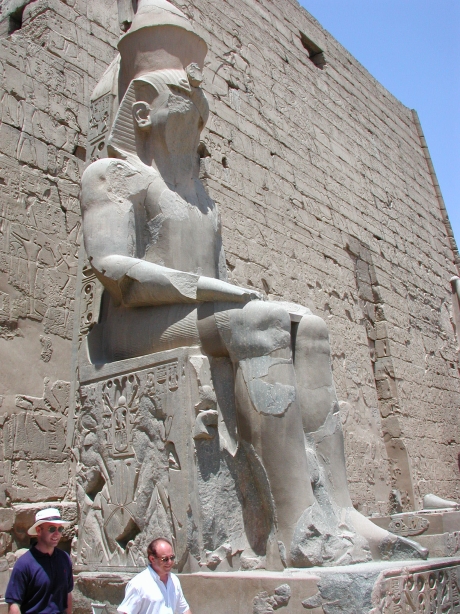
http://www.radiocarbondating.com/egypt/luxor10.jpg
神廟通常有三個主要部份,第一為由牌樓進入的前庭,第二為柱廳 (Hypostyle Hall)位於中間,第三則為最內部有一個精緻的聖殿(Sanctuary)記憶體神像、聖船及神器,為杜德摩西三世建於早年之底比斯三神祭堂。這三部份之組合其實和埃及住宅之觀念沒有什麼兩樣。神廟之前庭和住宅之前庭或前室一樣,起居室則等於柱廳,而軸線北邊臥室則為聖殿。在埃及之習俗中,常會在舊有之廟加上新的牌樓及庭於同一個軸線上,所以當一個人在軸線上行進時,他不但是在空間層次上由公共空間一直深入到至尊之聖殿,在時間上,他亦是經過一個時光隧道由廟宇最新之部份進入到最原始之部份。
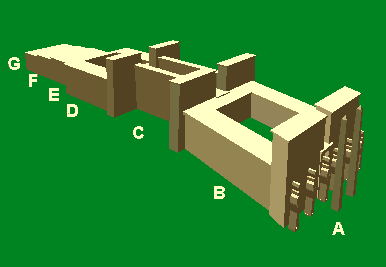
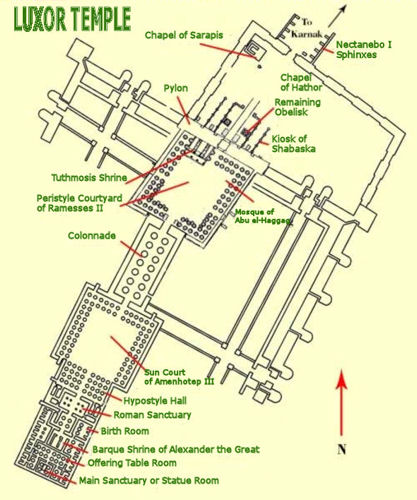
進入盧克索神殿第一塔門之後是兩排列柱環繞四周的中庭,土黃色的大柱由內而外,內廳中有兩行14根柱子均高約
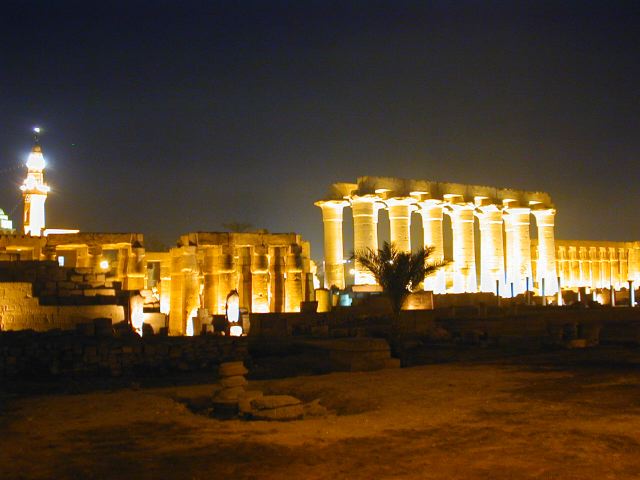
http://www.nt-az-leserreisen.de/luxor.jpg
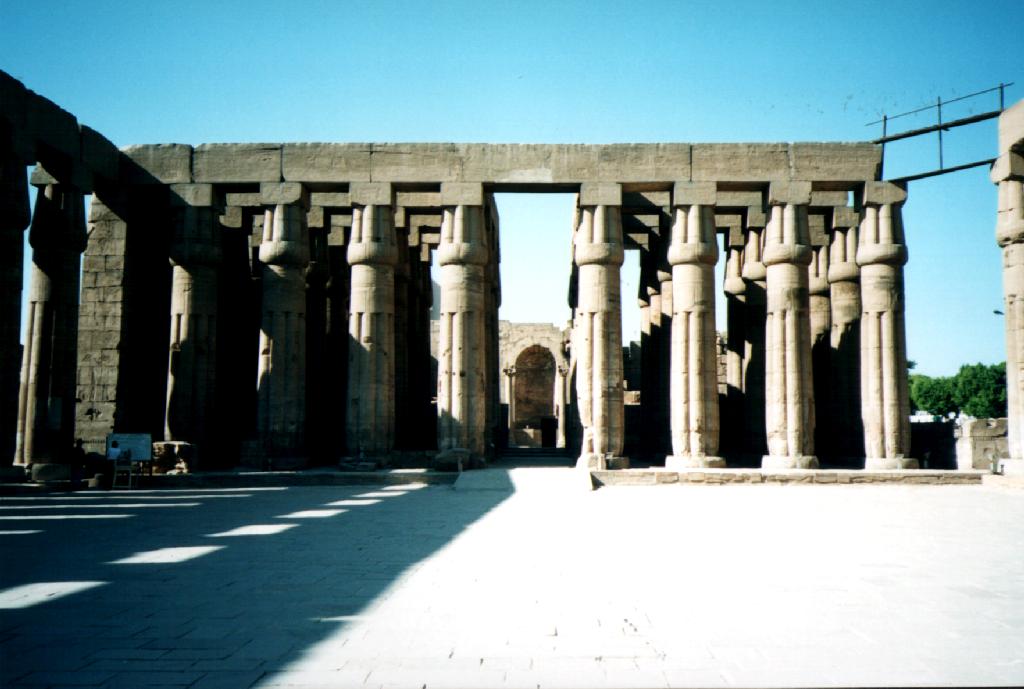
http://www.cs.uwa.edu.au/~ryan/trip/images/egypt
Main court of
神廟始建於驍勇善戰的法老王杜德摩西三世 Tuthmosis III 統治時期 (1479 - 1425 BC),百多年後的 Amenhotep III 加建了一個大庭院 (Court of Amenhotep III) 和神殿 (Santuary of Amenhotep III),在大庭院外是十四支巨型石柱 (Colonnade of Ammenhotep III),相當有氣勢。中王朝之神廟軸線毫無疑問的是平行於尼羅河,但穿過中庭的軸線則開始略為東偏一則以避過此祭堂一則以銜接通往北面卡納克之大道。

http://www.mythegypte.free.fr/guide/jo1s.htm
到了拉姆西斯二世,神廟再度擴建,加建了一個大前庭於北方 (Great Court of Ramesses II)、一道高大的外牆 (Pylon of Ramesses II) 和豎立了幾尊他的巨像及二個方尖碑。 直到西元前四世紀的亞歷山大大帝時期才完成,供奉當時第比斯 (Thebes) 三神阿蒙睿Amun、祂的妻子繆特 Mut ﹑和祂們的兒子月神 空素Khons。當時主要信奉的神為阿蒙-拉神,就是底比斯地方的阿蒙神與古都曼菲斯的拉神結合的神(據說神因為結合之後法力就會增加),而在新王國的後期,亞歷山大大帝統治埃及時期,將主要城市遷到埃及北方地中海岸邊的亞歷山卓城,往後進入托勒密王朝(也是新王國的後期),埃及的一些神祇還併入希臘的神話中,許多埃及神殿是在當時建造的,例如丹德拉、艾德夫和菲萊神殿,希臘人認定哈托爾女神在希臘就是掌管愛與美的愛芙羅黛蒂女神(Aphrodite)。
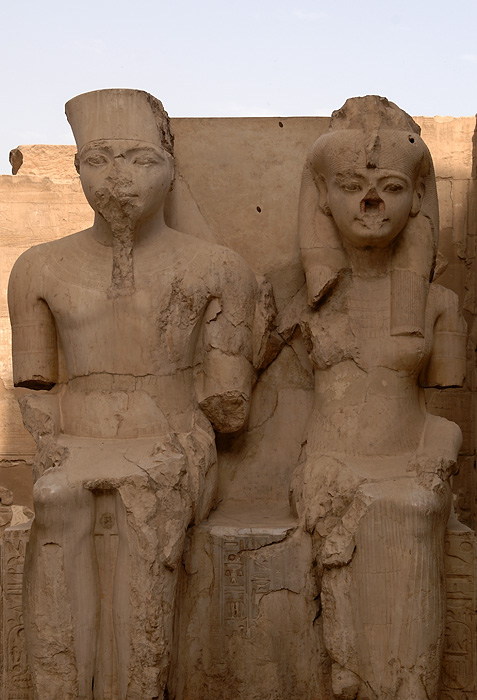
http://figure-ground.com/egypt/luxor_temple/0011/
由於圖坦卡門生前無建樹,在神廟中只能委屈地坐在路邊。
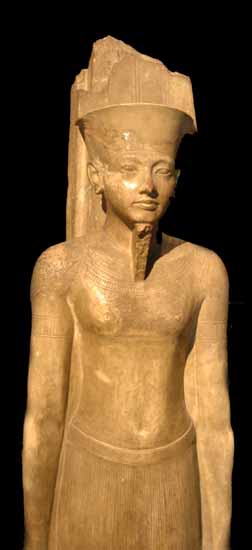
This statue represents Tutankhamun as Amun and it was discovered in the Karnak temple Cachette in 1904. The statue is
http://www.ancient-egypt.co.uk/luxor_museum/pages/tutankhamun%20as%20amun%201.htm

http://www.travelblog.org/Africa/Egypt/Upper-Egypt/Luxor/blog-339641.html
Scene of Queen Hatshepsut
This carving was later destroyed by her stepson Amenhotep III when he ascended the throne
神殿裡許多法老王雕像的臉部被刮傷搗毀,是因信奉基督教時要藉此摧毀人民對法老王的崇拜。神殿前半部的列柱群上建有一個阿布?哈格固清真寺,因為19世紀時整座神殿被尼羅河泥沙掩蓋,當時居民便在不知情的狀況下建了清真寺,直到神殿挖出後,才形成現在這般突兀的畫面。 而最內殿還曾被改為基督教堂呢,古埃及的遺址和伊斯蘭建築、基督教教堂三者並存,是很難得一見的,可見三種宗教遺跡是本神殿的特色。
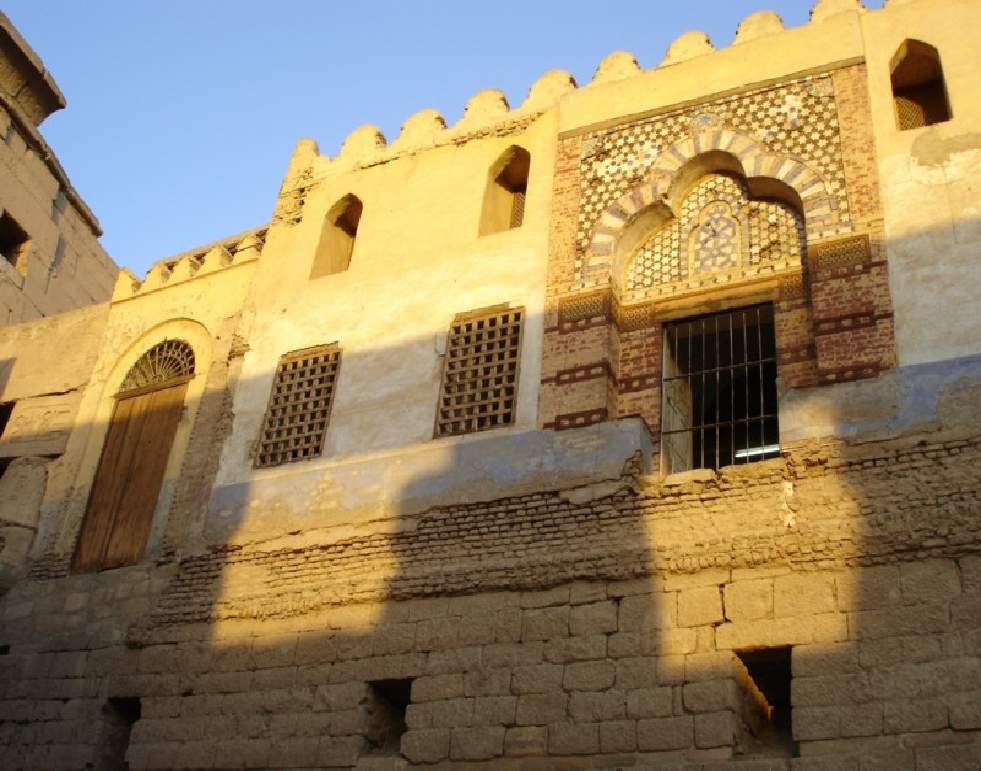
http://www.gdtv.com.cn/newpage/literature/Egypt/081.jpg
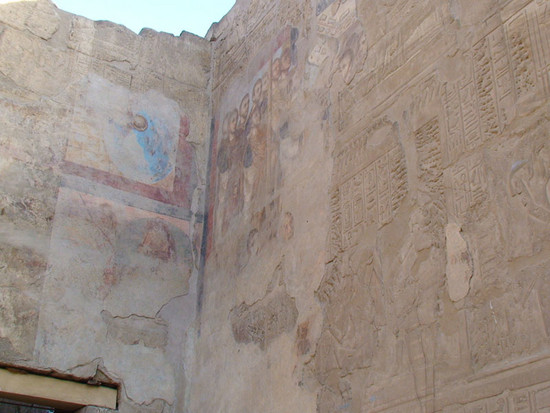
http://www.worldiki.com/blog/2009/06/07/luxor-karnak-temple-luxor-temple/
Roman stuccoes in the antechamber of Luxoor Temple
During the Roman period however (30BC -AD337) The temple became a shrine to the Imperial cult and the reliefs of Amenhotep III were plastered over and repainted with Roman figures and have these have recently been restored.
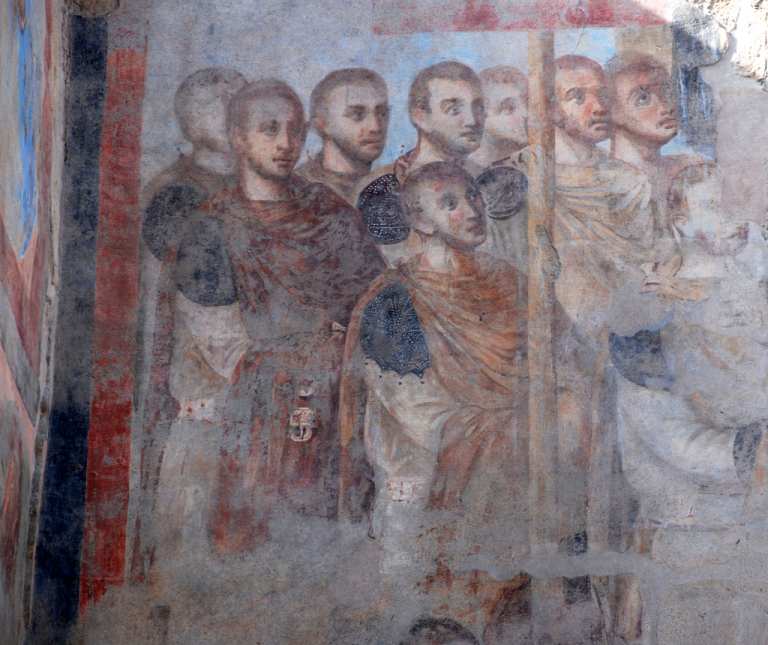
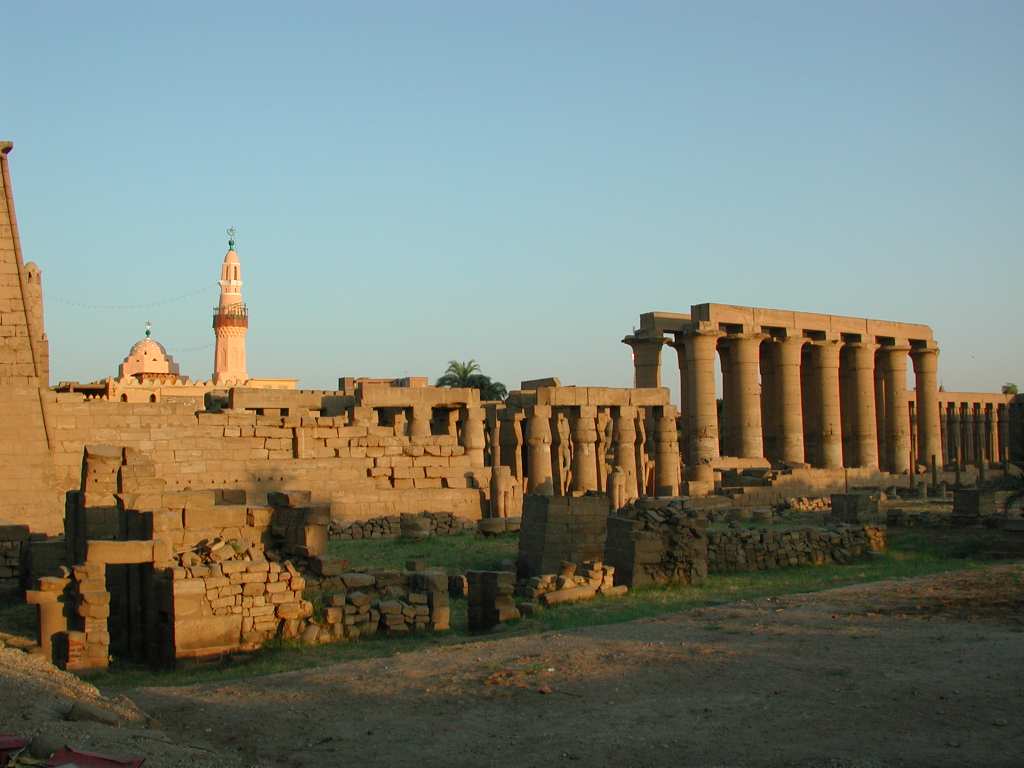
http://www.radiocarbondating.com/egypt/luxor.html
Dusk at the temple. The mosque you can see is the Mosque of Abu-al-Haggag, built in the 13th century. It is interesting in that it is quite high up in the picture compared to the other parts of the temple. This is because the annual
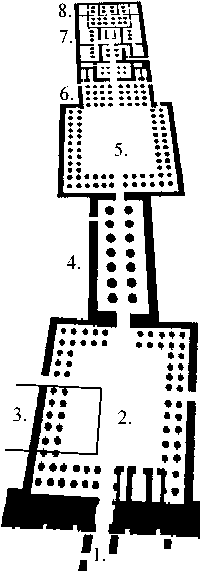
http://www.eyelid.co.uk/luxor6.htm
1. The great pylon of Ramses II
2. The great court of Ramses II, which includes a shrine to Thutmose III.
3. The mosque of Sufi Shaykh Yusuf Abu al-Hajjaj
4. The Pylon and colonnade of Amonhotep III.
5. The court of Amonhotep III
6. Hypostyle hall
7. The chapel of Alexander the Great.
8. Holy of Holies - Sanctuary
神殿的最裡面是著名的誕生室以及亞歷山大大帝聖殿,誕生室的壁畫描述阿曼候泰三世的母親與阿蒙睿結合而生下他,意謂法老是眾神之王的兒子,擁有人間的王權。在誕生房舉行的再生儀式,是讓法老重新獲得阿蒙睿的力量,繼續統治埃及,使國家昌盛。有別於一般的征服者,亞歷山大佔領埃及時不但不否認埃及的宗教信仰,反而進入神殿向埃及的最高神祇祭禮,像歷代法老一樣以神之名來統治埃及。
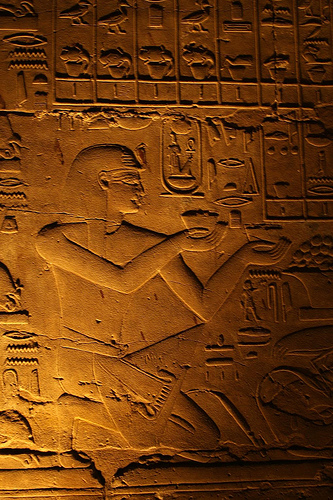
http://www.bootsintheoven.com/boots_in_the_oven/travel_egypt_by_gawd/
The reliefs in the temple, some of which were left by Alexander the Great, showed up really well under the lighting. This one depicts offerings being made.
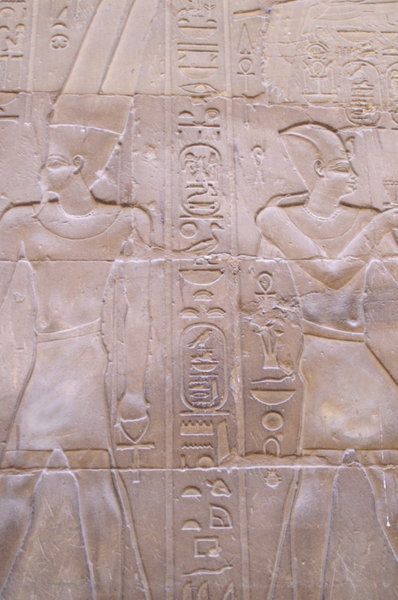
http://www.travelblog.org/Africa/Egypt/Upper-Egypt/Luxor/blog-339641.html
Alexander the Great
A carving of Alexander the Great at
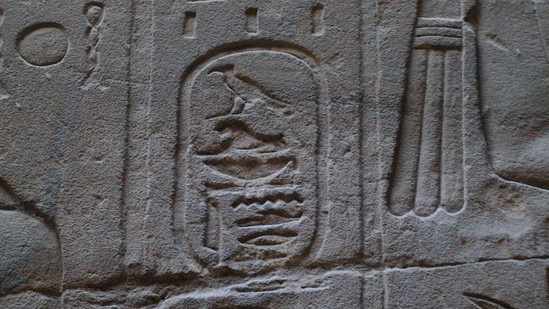
http://www.worldiki.com/blog/2009/06/07/luxor-karnak-temple-luxor-temple/
That is the cartouche of Alexander the Great!

http://www.egypthasitall.com/blog/category/alexandria/
Alexander entered
檢視較大的地圖
